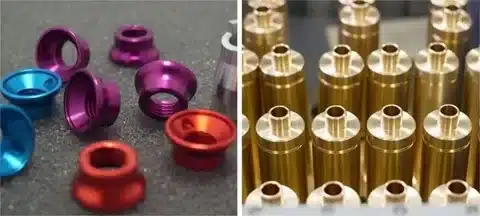Introduction
Lathe tools, which include various types of lathe, form the most important industrial components in both metal and wood production because of their many uses and accurate operation in worldwide factories. Lathe operations need several crafted cutters which perform their specific tasks for maximum output.
The Fundamental Principles of Lathe Tools
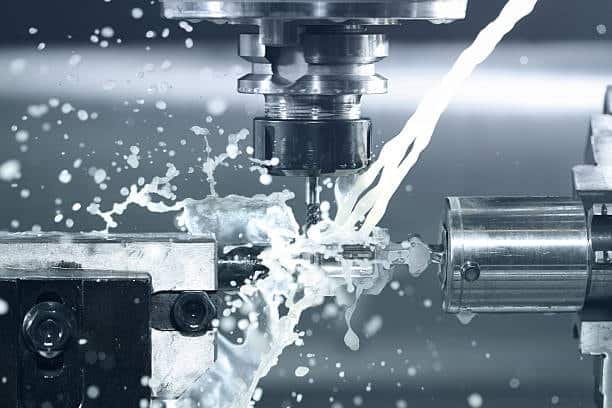
The lathe cutting tools cutting system removes materials by precisely shearing through the workpiece, taking into account the cutting edge angle . By placing a durable tool against a rotating workpiece during rapid rotation, the tool removes precise sections from the material.
High-Speed Steel (HSS) Lathe Tools
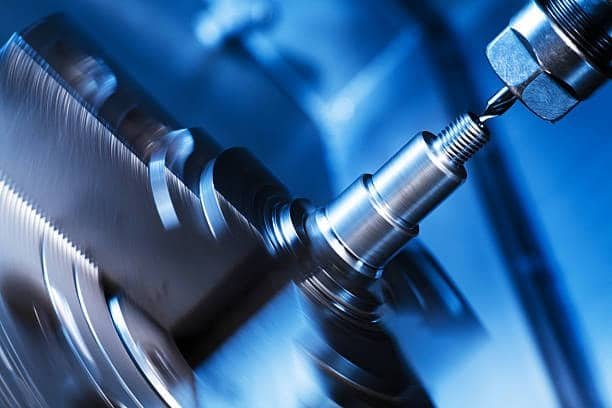
High-speed steel, commonly referred to as high speed steel, stands as one of the key cutting tool materials used to make lathe cutting tools based on their performance. HSS tools provide sufficient performance at a reasonable price for most lathe work requirements. These tools consist of tungsten, molybdenum, vanadium, and cobalt that strengthen their composition.
Carbide Lathe Tools
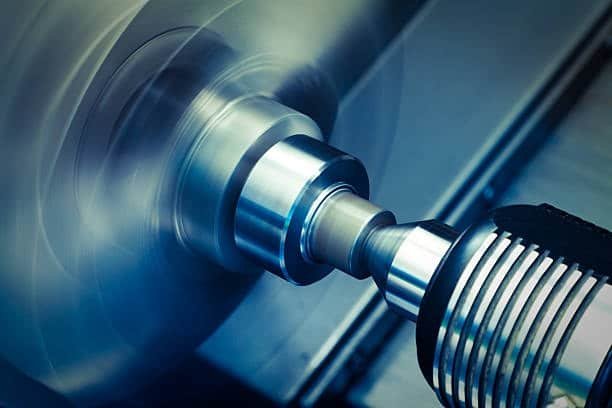
Tooling made from carbide brings more advanced performance features when compared to different multi point cutting tools, lathe cutting tools, and HSS tools. Manufacturers create diamond lathe cutting tools and tunsten carbide cobalt tools through the heating and combination process.
Types of Carbide Lathe Tools

Choice determines the different types of tools made of carbide through solid carbide, cubematerials for cutting only, or inserts that replace parts of tooling from different materials . Each tool option, along with different cutting tools, benefits specific cutting needs and sets limits based on spending and usage details.
Ceramic Lathe Tools
Ceramic lathe tools with a sharp cutting edge lead the field by enabling fast material machining of hardened materials in the lathe machine . The main ingredient in these tools, which are known for their sharp edges, is either aluminum oxide ceramic or silicon nitride ceramic.
Diamond and CBN Lathe Tools

Diamond and CBN tools outperform all other cutting technology because they achieve higher cutting speeds and solve the most complex machining operations and material processing needs. These superabrasive materials, known for their hardness and wear resistance, create the most durable cutting surfaces found anywhere welding lathe cutting tools.
Polycrystalline Diamond (PCD) Tools
PCD tools create the main cutting edge angle through the sintering process that connects diamond particles together. Diamond tools stand as the toughest material choice for working with non-metallic materials and grinding abrasive items.
Cubic Boron Nitride (CBN) Tools
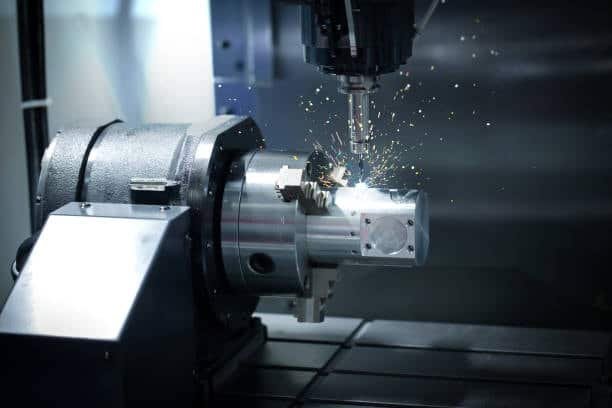
CBN tools perform better than diamond tools because this substance holds the second toughest rank after diamond, especially when working with specific workpiece materials. CBN tools are designed to cut through tough forms of steel and superalloys. CBN tools serve best for warm situations because they resist damage from iron-type materials.
Turning Tools: The Workhorses of Lathe Operations
Lathe turning tools with a proper lathe tools coating are used as types of lathe cutting tools that shrink workpiece diameter by precisely removing material square cutting tools.
Right-Hand Turning Tools
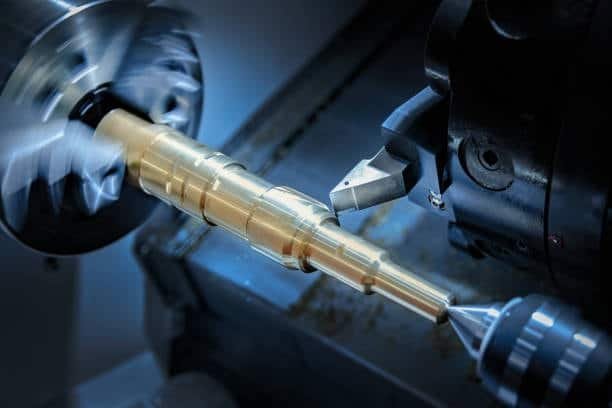
Right-handed turning tools start by removing material in the feed direction toward the headstock (left) which makes them popular in numerous operations. The special designed cutting edge pushes chips to the tool end.
Left-Hand Turning Tools
Left-hand turning hand tools effectively operate along the left-cutting direction starting from the tailstock toward the work area while maintaining a proper relief angle and help perform tight spaces and around shoulders when right-hand tools are challenging specialized tools.
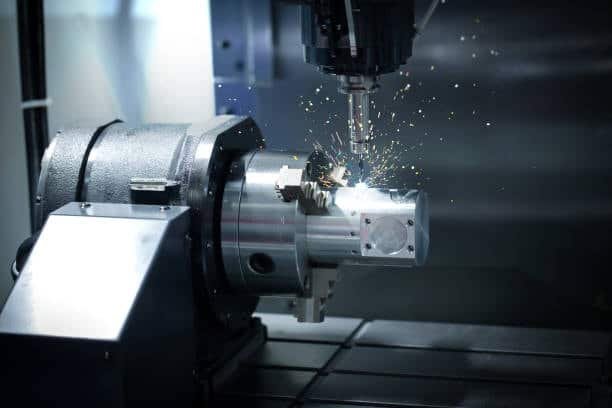
Neutral Turning Tools
Neutral turning equipment contains centered cutting edges that help you create cuts forward or backward, which is important for extending tool life rake angle. Users of these turning tools can keep their inventory small because of their ability to change directions, while also benefiting from sharp edges lathe machine.
Round-Nose Turning Tools
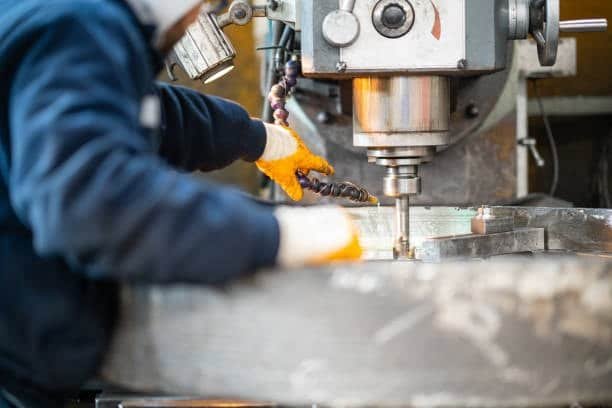
Round-nose turning tools work best at finishing tasks because their circular wood removal profile generates smooth results. The tool shape evenly spreads cutting pressure which protects against vibrations during metal handling.
Facing Tools for End Surfacing
You use facing tools to cut through the cylindrical workpiece end to shape flat surfaces perpendicular to its edges coated lathe cutting tools. The operations progress either inward from the outside or outward from the center of the material.
Square Facing Tools
Square facing tools show up as a straight cutting edge oriented directly across from the workpiece center line cnc machining. These tools cut fast but produce minor step marks that need further processing feed direction.
Radius Facing Tools
Square facing tools show up as a straight cutting edge oriented directly across from the workpiece center line right lathe cutting tools. These tools cut fast but produce minor step marks that need further processing.
Form Tools for Complex Profiles
Form tools feature custom cutting edges that directly create difficult patterns on work materials machining process. Form tools allow direct creation of profiles during a single turning stroke while typical turning systems need various tools and passes common lathe cutting tools.
Thread-Cutting Tools
Thread-cutting tools get their profiles from exact grinding work that fits the required thread shape perfectly rough turning tools. These tools form spiral-shaped ridges which help join parts together and move mechanical power between things carbide tools.
Radius and Chamfer Tools
These dedicated tools produce both curved corners and angle chamfers during their one-step production process. Their exact shape duplicates to the workpiece and delivers similar results on every part made carbide lathe cutting tools.
Custom Profile Tools
Our facility creates unique shape profile tools to meet exact customer needs. Specialized plants use these tools to make identical patterned parts in high-volume production clamp lathe cutting tools.
Parting and Grooving Tools
The technique of parting and grooving creates narrow cuts to split workpieces while parting splits them entirely and grooving forms recesses.
Parting Tools
Parting tools have small blade edges built to produce little leftover material during workpiece division. The tip part of the blade has greater width to let the tool pass through clearances single body tools.
External Grooving Tools
External grooving tools make channels inside the diameter of parts. The different styles of hand lathe cutting tools, as well as grooving tools, match specific groove shapes for your requirements including square, rounded, V-shaped and dovetail profiles.
Internal Grooving Tools
Tools that cut internally produce space within the bores of parts. Their design needs to fit the tight work zone without losing stability during cutting operations.
Boring Tools for Internal Surfaces
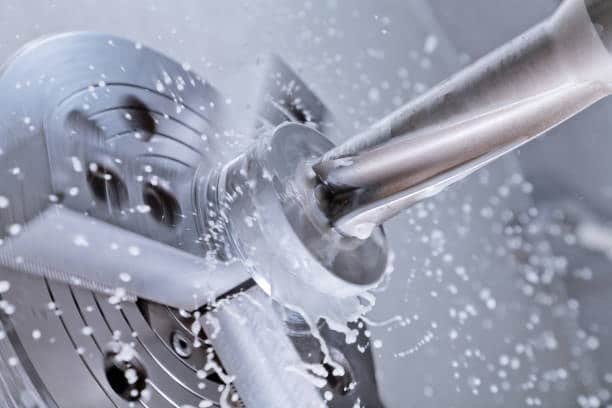
Boring operations on different materials ensure that internal openings receive their final size and shape work. Unlike drilling which makes the first holes boring improves the accuracy of existing drilled holes.
Standard Boring Bars
Regular boring bars feature a tool holder and one cutting insert at the end of a slender long piece. The bar length compared to its diameter directly improves machine stability even while producing finely-tuned results.
Anti-Vibration Boring Bars
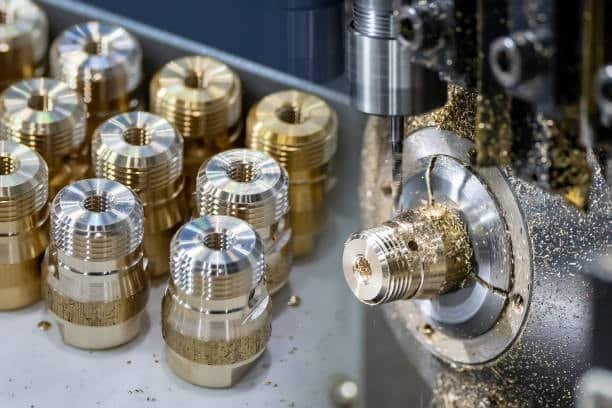
Advanced boring bars use internal damping systems made of special material to stop vibrations when working at longer distances.
Micro-Boring Tools
Micro-boring tools enable better control over small-size hole production while maintaining precision standards. These unique tools contain small cutting surfaces which have better structural support to keep measurements exact.
Threading Tools
Threading tools produce twist patterns on cylinder parts to establish mechanical connections and direct movement patterns. The threading machine needs special tools built for distinct thread patterns.
Single-Point Threading Tools
Single-point threading tools have a correctly shaped cutting edge that matches thread designs. The tool repeats its cutting action different times while moving deeper into the material until it forms the entire thread shape.
Thread Chasing Tools
Thread chasing tools have several cutting edges that fit perfectly into thread spacing. These multi-point tools generate threads faster yet can create only predefined thread dimensions.
Knurling Tools
Knurling instruments generate textured patterns on round items to make surfaces easier to hold or improve their visual appeal. Knurling creates texture patterns throughout the part instead of removing the material.
Straight Knurling Tools
Tools with straight knurl function produce continuous lines across the outer edge of your work material. These tool patterns deliver good grip assistance and serve many tools used by the hand.
Diamond Knurling Tools
The diamond knurling tool creates an angle-crossed pattern that delivers outstanding traction. The diamond design creates excellent grip to withstand high turning count pressure.
Tool Holders and Quick-Change Systems
Lathe development brought better tool holding systems that help workers produce more accurately and save time during setup work.
Traditional Tool Posts
The standard tool holders work through mechanical clamps that need manual setup to position and adjust cutting tools. Most of these systems are affordable but need extensive manual tool preparation before work starts.
Quick-Change Tool Posts
Quick-change tool posts allow users to replace tools fast without losing cutting accuracy. The system sets tools quickly in pre-designed holders which allows teams to complete setup tasks in seconds.
CNC Turret Systems
Modern CNC lathes contain a system of rotary tools that can hold many tools at once during production. The automated systems can produce intricate parts without requiring operators to switch tools manually.
Special Application Tools
Modern lathes now support unique tools beyond basic turning and boring that empower businesses to perform complicated production tasks.
Live Tools for Milling and Drilling
CNC lathes of today support power tools that let you create milling and drilling cuts right on your workpiece without moving it to another machine.
Reaming and Tapping Tools
Lathe tools with reaming and tapping functions, as well as thread cutting tools, make precise small holes and interior threads in one setup. The custom tools maintain exact tolerances because they perform all these tasks directly on the workpiece without added processing steps.
Selecting the Right Tool for the Job
Lathe tool selection depends on many elements that affect production speed and output quality including high speed machining, what material is used and how it needs to be processed while also accounting for production costs.
Maintaining Lathe Tools for Optimal Performance
Good tool maintenance helps companies complete work faster and better while saving money and improving operations as tools are used effectively . Good tool performance depends on storing tools correctly and regularly checking them plus repairing them properly.
Emerging Trends in Lathe Tooling
Good tool maintenance helps companies complete work faster and better while saving money and improving operations. Good tool performance depends on storing tools correctly and regularly checking them plus repairing them properly.
Conclusion
New lathe tools develop steadily to make machining operations work better with greater accuracy and broader potential. The core lathe techniques stay constant but new material discoveries and toolmaking systems let us do more on modern metalworking machines. Manufacturers depend heavily on advanced tooling choices to stay in competition as automated manufacturing increases in popularity. Performers of machinist work and manufacturers should choose right tools, follow proper maintenance steps and learn new technology trends to produce competitively in today’s global marketplace.


